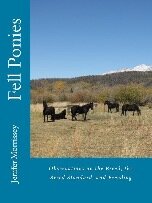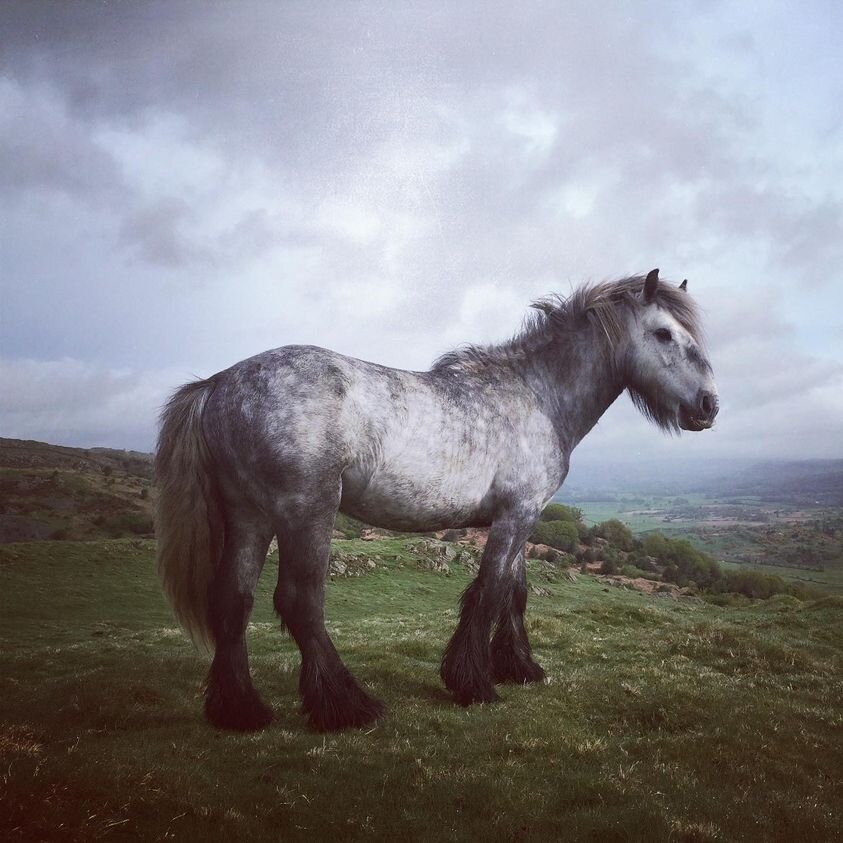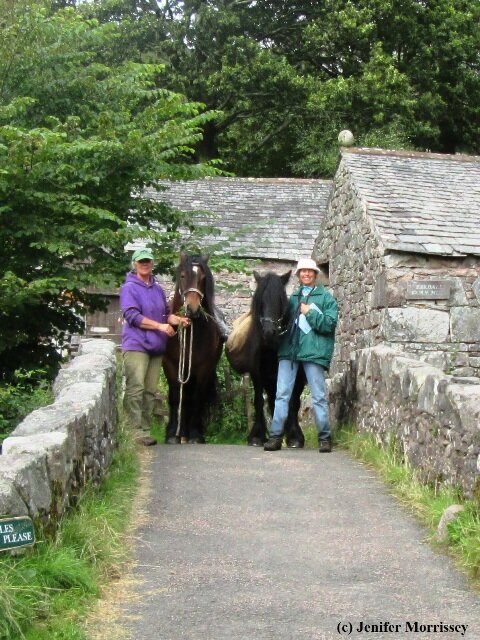It was twenty-five years ago when I first learned of the effect of a particular vitamin supplement pellet. I was raising my first flock of ducklings, and I top-dressed vitamin pellets on their feed. The ducklings soon became hyper active, which is saying something because ducklings are such busy little things normally. I quickly changed to a different vitamin supplement for them and watched them return to their normal level of busyness.
Occasionally I would try the same vitamin pellets on my ponies. The pellets seemed to change their temperaments, too, so I settled on a different product. I recently conducted an experiment with my ponies, returning to the vitamin pellets I had set aside, and I found that despite many changes in the intervening years, they still are too hot for my animals.
The move that my ponies and I made from the high country of Colorado to the Black Hills of South Dakota has been humbling. Generally, we have been exceedingly fortunate to have landed in a wonderful place for all of us. Nonetheless, there have been changes, and since this is the first time that I have moved my pones between quite different locations, I didn’t anticipate them. We have been in our new location for seventeen months, and I wonder how long it will take before I feel like I have their management here as well in hand as I did in Colorado. I am humbled by my frequent discoveries about what I took for granted.
During our first summer here, I was surprised to see my black ponies turning brown. When we were in Colorado, I had learned to supplement them with copper to keep black coats from fading. There, fading coats was a winter phenomenon. In summer, the pasture grasses the ponies consumed seemed to keep their coats shiny and black (on the black ones) without anything special. In the winter, I learned to supplement copper. After a few trials, I found a product that worked ideally for our situation. I was always happy with the shine and color of my ponies’ coats, any month of the year.
We moved to South Dakota in the fall, so the ponies left mature grazing in Colorado and came to mature grazing in South Dakota. Here, we have been fortunate that I can have my mares on pasture most of the year, compared to just a few months when we were in Colorado. All that first winter here, then, they grazed extensively in a large pasture. When summer arrived, it never occurred to me that I would need to change my supplement regime relative to black coats. Summer had always been a time for the ponies to get the nutrients they needed for healthy coats from the pasture grasses. But then my ponies’ black coats started turning brown. I was humbled when someone needed to remind me that I needed to supplement copper. Of course I did! Despite the evidence before my eyes, it hadn’t occurred to me that our minerals here, in the pasture soils and hence the grasses and in the well water the ponies were drinking, were different than in Colorado and could leave my ponies lacking in the copper department. (I had done the research on selenium and didn’t need to make any changes there.)
As I pondered how to get the ponies the copper they so obviously needed, I was told that the vitamin supplement I had set aside so many years before was great at keeping black coats black. Desperate for a solution that made sense in our new place, I decided to give it a try again. Now that I realized the magnitude of the changes the ponies were experiencing nutritionally, I was willing to give the supplement that had been too hot previously another chance. Perhaps it would have a different effect here than where we were before.
Within a few weeks, the ponies’ coats began darkening, and I was elated. Copper is necessary not only for keeping coats black but for the strength of the immune system. While I don’t like to see black coats that fade, my primary concern is overall health, not just color. Seeing the coats blacken, then, meant that my ponies’ immune systems were being better supported, too.
Several weeks passed, and the faded coats of my ponies were a distant and almost forgotten memory. What a relief it was to have my ponies on a good plain of nutrition in our new place. Or so I thought. Several months in, over a week to ten-day period of careful observation, where I ruled out weather and other possible causes, I finally concluded that I was seeing new behavior in my ponies. A few had become mouthier, one had become more aggressive towards other ponies, and another never seemed to be calm like I’ve come to expect Fell Ponies to be when they don’t have reason to be otherwise. Slowly it dawned on me that perhaps the supplement that had once before been too hot might still be. When I replaced it with the vitamin pellet I had used in Colorado, indeed the unwelcome behavior changes began to recede. I was humbled again.
When I mentioned to a Fell Pony colleague recently that I was making changes to my ponies’ vitamins because of behavior changes, they told me they had read that soy can lead to behavior changes. They knew I fed a soy-based energy feed and so wondered if that might be the cause of the behavior changes I was seeing. I don’t think so. I have used that soy-based energy feed for years, including with ducklings, and I didn’t see the hyper-activity that I have now seen so many times with the particular vitamin supplement.
For now, I have reverted to the vitamin and copper supplementation I was using in Colorado to see if it will show me via the ponies’ coats that they are getting the copper they need in our new environment. And I will go forward with the knowledge that we have all made a much bigger change in our lives than I previously realized. Stewarding my ponies is a blessed and humbling experience.
© Jenifer Morrissey, 2021















































